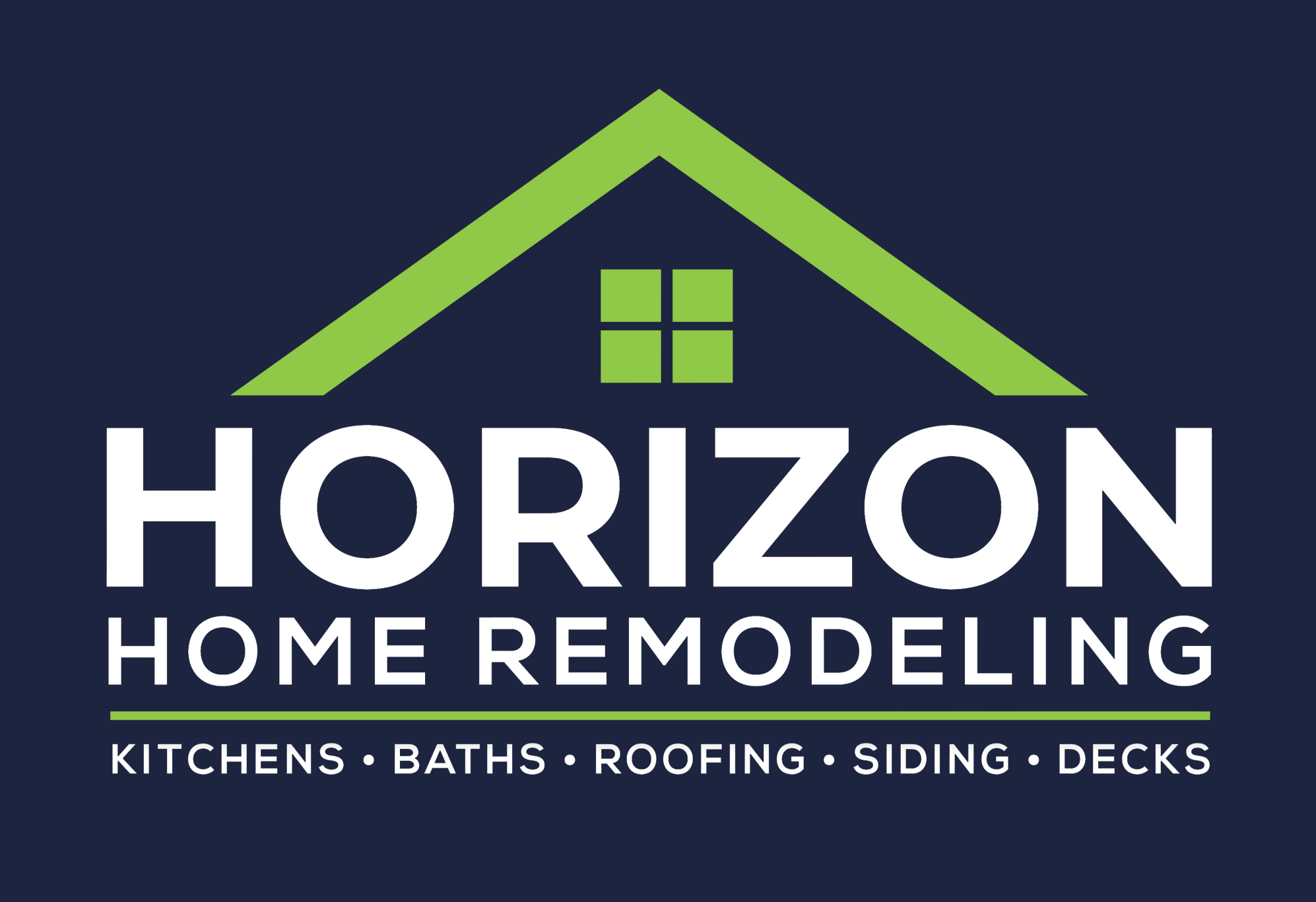A well-designed bathroom is essential for comfort, safety, and independence, especially for the elderly. With an aging population and the increasing need for elder-friendly solutions, innovations in bathroom design are gaining prominence. This article explores key innovations in elderly-friendly bathrooms, their benefits, and how they contribute to a safer and more dignified living environment for seniors.
Understanding the Need for Elderly-Friendly Bathrooms
As individuals age, everyday tasks can become challenging. Statistics indicate that falls are the leading cause of injury among older adults, with millions of people affected each year. In fact, the Centers for Disease Control and Prevention (CDC) reports that about 36 million older adults fall each year, resulting in over 32,000 deaths.
Importance of Bathroom Safety
The bathroom can be one of the most hazardous spaces in a home for seniors. Common risks include:
- Slippery floors
- High thresholds and bathtubs
- Inadequate lighting
- Challenging fixtures such as faucets and handles
These risks necessitate thoughtful design interventions that cater specifically to the needs of older adults.
Key Innovations in Elderly-Friendly Bathrooms
1. Non-Slip Flooring
One of the foremost concerns in bathroom safety is flooring. Traditional tiles can be dangerous when wet, increasing the risk of falls. Innovations in non-slip flooring materials have emerged as a viable solution.
- Vinyl Flooring: Easy to clean and water-resistant, vinyl flooring has been engineered to provide a non-slip surface.
- Textured Tile Options: Many tile manufacturers now offer textured options designed to enhance grip while maintaining aesthetics.
2. Walk-In Showers
For seniors, ease of entry is crucial. Walk-in showers eliminate the need to step over high tub walls, significantly reducing the risk of falls.
- Zero Threshold Designs: These showers have a seamless entry that is flush with the bathroom floor, making them accessible for individuals using walkers or wheelchairs.
- Grab Bars and Benches: Integrating grab bars within the shower and installing folding benches provide both safety and comfort.
3. Adjustable Shower Heads
Convenience is paramount in elderly-friendly bathrooms, and adjustable shower heads cater to varying needs.
- Handheld Showers: These can be easily maneuvered for seated showering, allowing for a more comfortable experience.
- Height Adjustment Mechanisms: Shower heads that can be adjusted to different heights ensure individuals of all statures can use them comfortably.
4. Comfort Height Toilets
Toilet design has also evolved with the aging population in mind. Comfort height toilets are taller than standard designs, reducing the strain on knees and hips when sitting down or standing up.
- Standard Height: Traditional toilets typically stand 15 inches high.
- Comfort Height: These toilets typically range from 17 to 19 inches, making them ideal for seniors.
5. Smart Technology and Automation
Technology plays a significant role in modernizing bathrooms for the elderly. Smart innovations can enhance both safety and convenience.
- Automatic Lighting: Motion-sensor lights can illuminate the bathroom automatically when someone enters, preventing accidents in low-light conditions.
- Smart Faucets: Sensor-operated faucets help to reduce the need for twisting knobs, which can be challenging for individuals with arthritis.
6. Grab Bars and Bathroom Supports
Grab bars are indispensable in elderly-friendly bathroom design. Proper placement can enhance support and stability during movements.
- Strategic Placement: Install grab bars near the toilet, in the shower, and alongside bathtubs.
- Design Variations: Offer models that blend with interior design, ranging from sleek modern styles to traditional finishes.
7. Adjustable Vanity Heights
Standard bathroom vanities can pose challenges for seniors. Adjustable-height vanities allow users to modify the height according to their needs.
- Pull-Out Drawers: These can replace traditional doors, making it easier to access toiletries without bending.
- Lever Handles: Lever handles on drawers and cabinets can simplify use, especially for those with hand mobility issues.
8. Freestanding Medical Alert Systems
Integrating medical alert systems into the bathroom adds a layer of safety for seniors living alone.
- Wearable Devices: Options like smartwatches or pendants can call for help with the push of a button.
- Connected Home Systems: Integrating these alerts with smart home systems can provide real-time support and monitoring.
Case Studies: Innovations in Action
Example: The Simple Bathroom
The Simple Bathroom initiative in the UK aimed to create accessible bathrooms for seniors. The project featured:
- Walk-in showers with seating
- Non-slip flooring
- Closets retrofitted with adjustable rods for clothing
Feedback showed that participants felt safer and more independent using these spaces.
Example: Aging-in-Place Homes
Many companies, such as Universal Design, have focused on creating comprehensive aging-in-place homes that prioritize safety and comfort. A particular focus on:
- Accessible bathrooms
- Sensory lighting
- Smart technologies
These homes have received accolades for their innovative approaches to aging successfully at home.
Conclusion: The Future of Elderly-Friendly Bathrooms
Creating an elderly-friendly bathroom is about more than mere convenience; it is about fostering independence and dignity. By leveraging innovative designs and technologies, we can transform bathrooms into safe havens that accommodate the unique needs of older adults.
As statistics indicate an ever-growing elderly population, the demand for accessible and safe living environments will only increase. The key takeaway is clear — investing in these bathroom innovations not only improves safety but also enriches the quality of life for seniors. In creating spaces that prioritize their comfort and well-being, we can help ensure that aging is a process marked by dignity, safety, and independence.
Designing with the elderly in mind is not just a trend; it’s a necessity for an inclusive society. By incorporating these innovative features, we can help redefine what it means to age in comfort and style.



